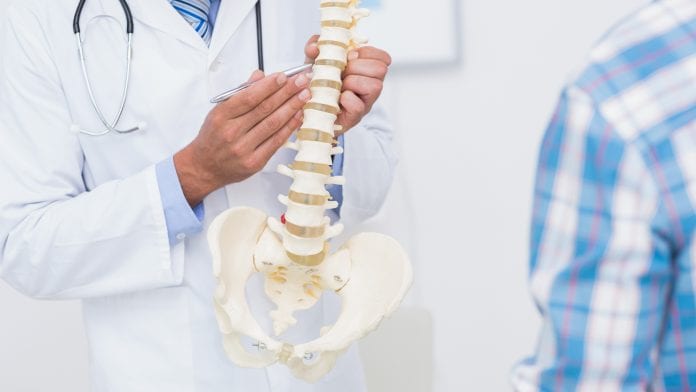
A new study has shown that patients who first saw a physical therapist or chiropractor for lower back pain were much less likely to be prescribed opioids.
Lower back pain is one of the most common conditions Americans seek care for – and one of the more common reasons for an opioid prescription. Facing the opioid crisis, the American College of Physicians and the Centers for Disease Control and Prevention (CDC) now recommend first trying non-pharmacological treatments for low back pain.
Lower back pain
The Boston University School of Public Health (BUSPH) study, published in BMJ Open, finds that patients who first saw a primary care physician (PCP) for low back pain were 79% more likely to use prescription opioids than patients who first went to a chiropractor, and 71% more likely than those who first went to a physical therapist.
Lead author Dr Lewis Kazis, professor of health law, policy and management at BUSPH, said: “To reduce the risks of short and long-term opioid use, insurers should incentivise patients to see physical therapists or chiropractors first or early on following a bout of low back pain, before seeing PCPs.”
Kazis and his colleagues looked at commercial insurance and Medicare Advantage claims data from the OptumLabs database for 216,504 adults across the country who were diagnosed with new-onset low back pain between 2008 and 2013 and had not been prescribed opioids before.
Physical therapy
Many factors could cause someone to decide to access non-pharmacological treatments, including the severity of their pain and other medical issues, and their ability to access such treatments. In their analysis, the researchers controlled for as many socio-demographic, geographical, and medical history factors as they could get from the insurance claims data.
The researchers also found that patients in states with provisional or unrestricted access to physical therapy were much more likely to see a physical therapist first than patients in states with limited physical therapy access, illustrating the impact of state-level policy regulations on opioid prescribing.









